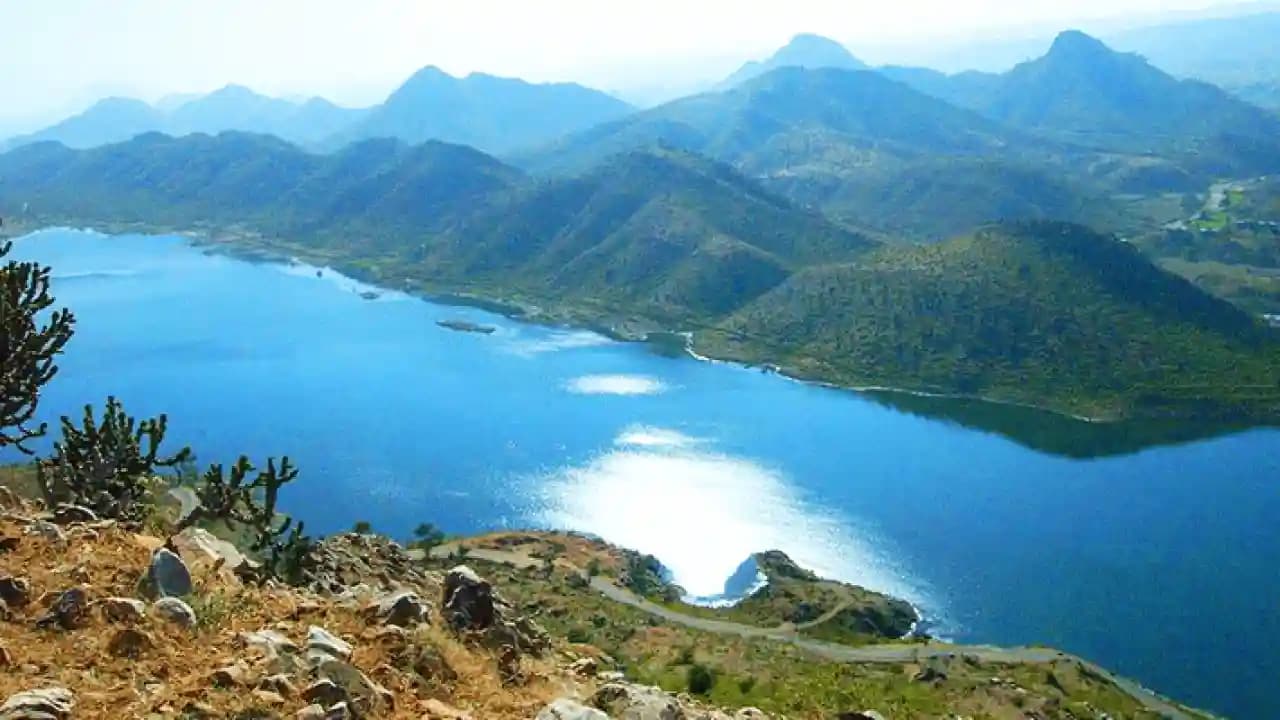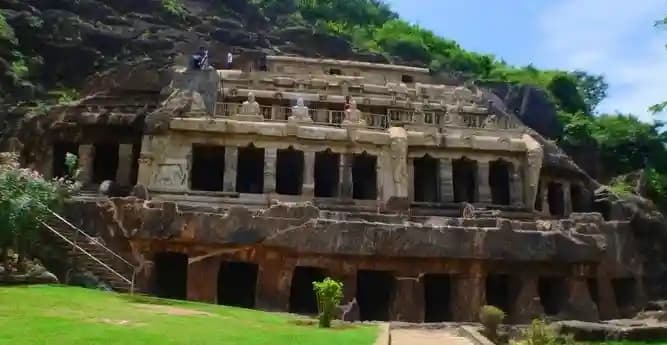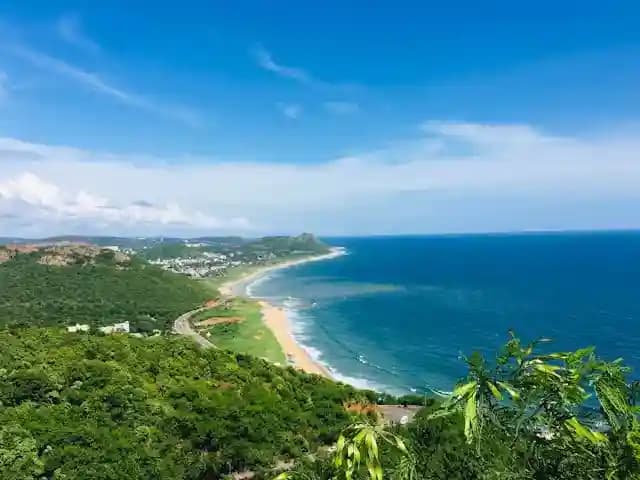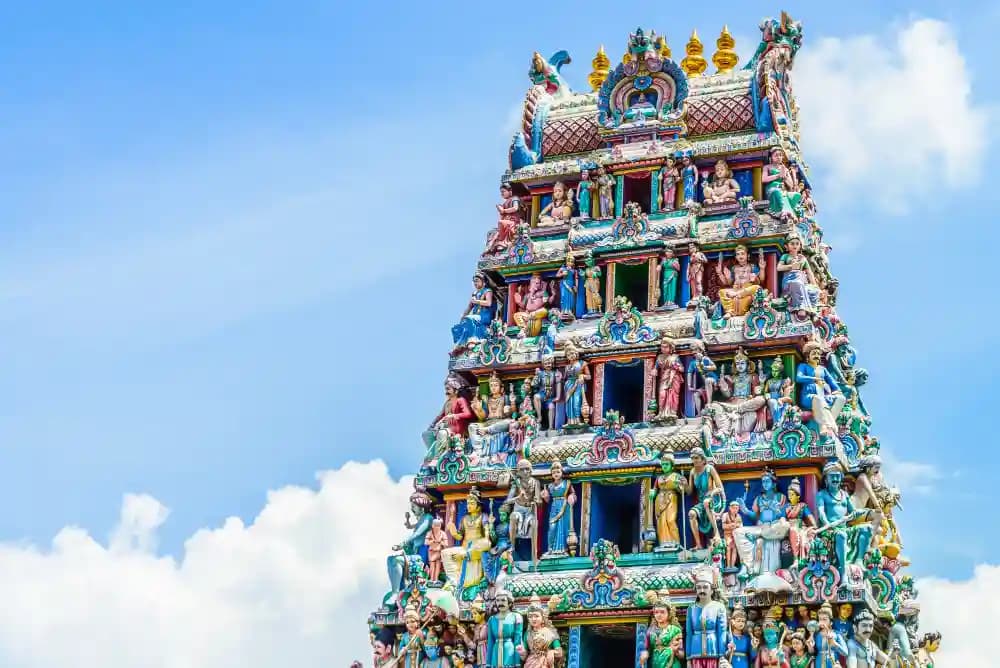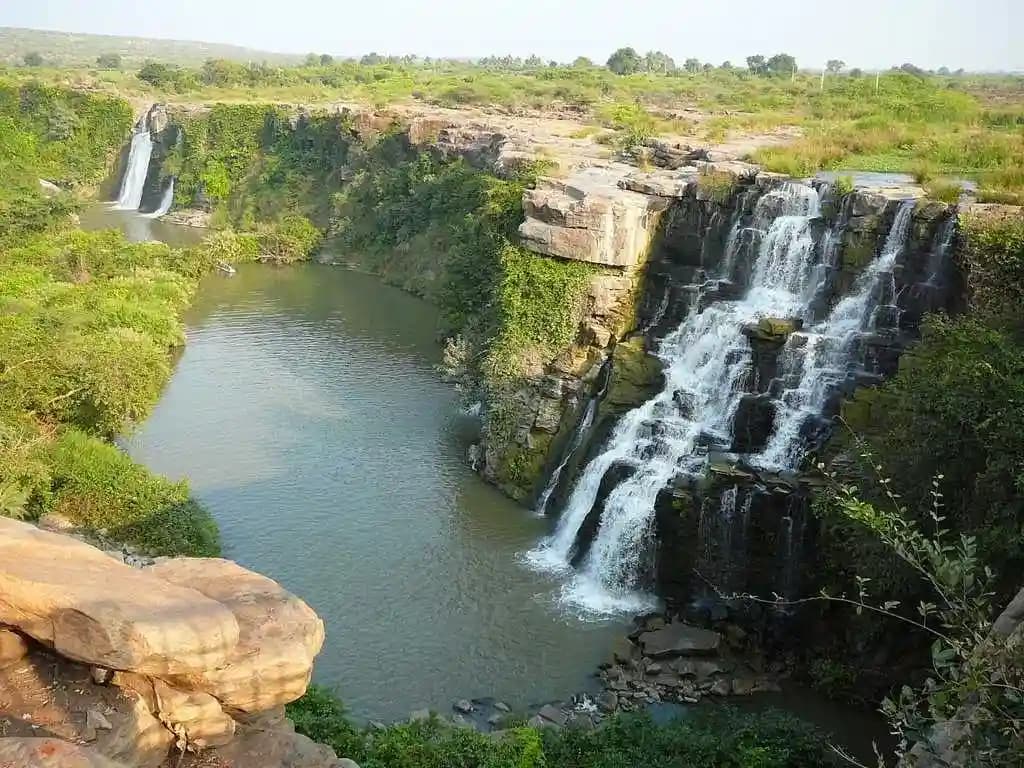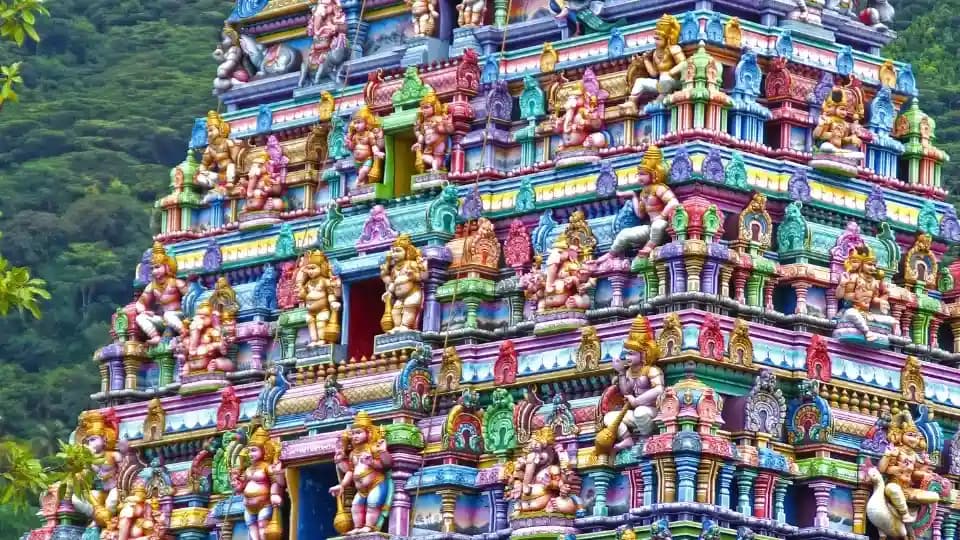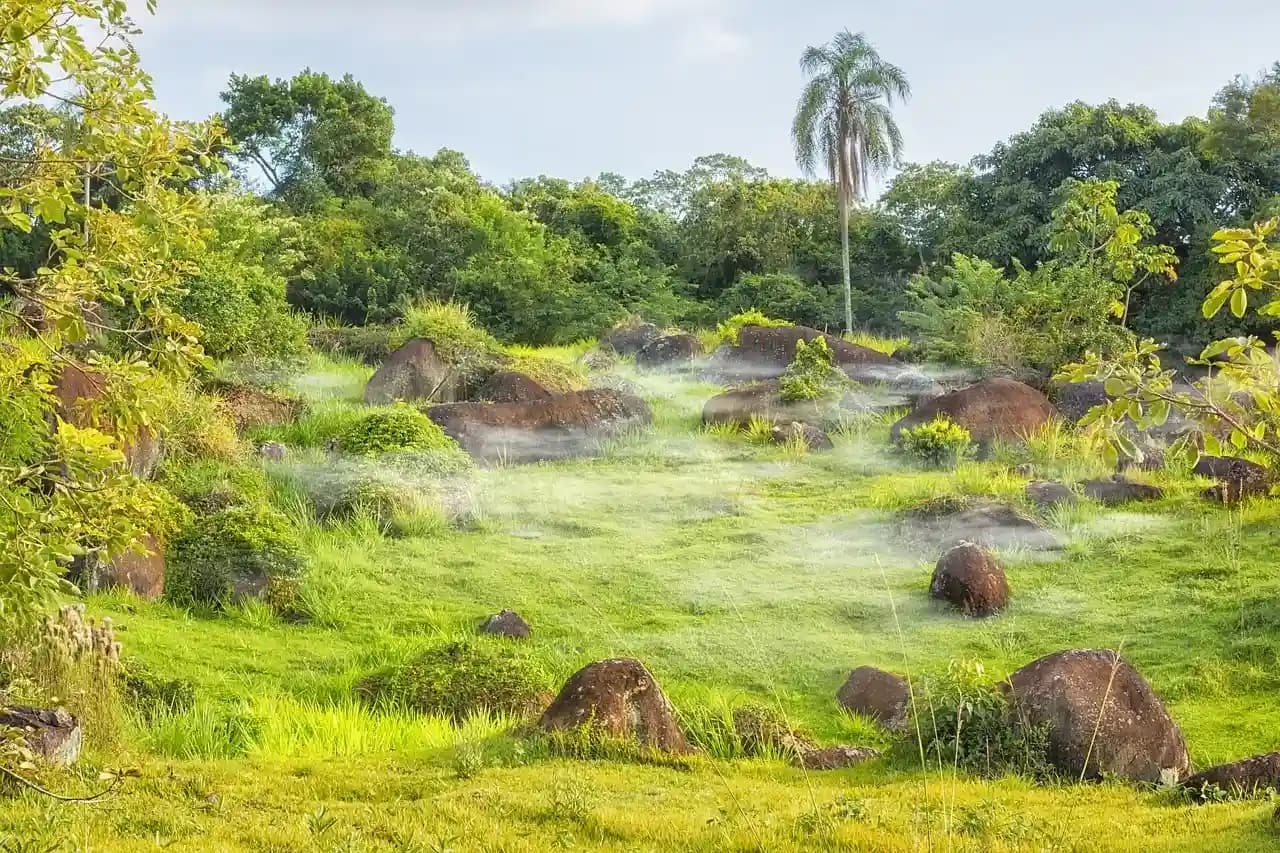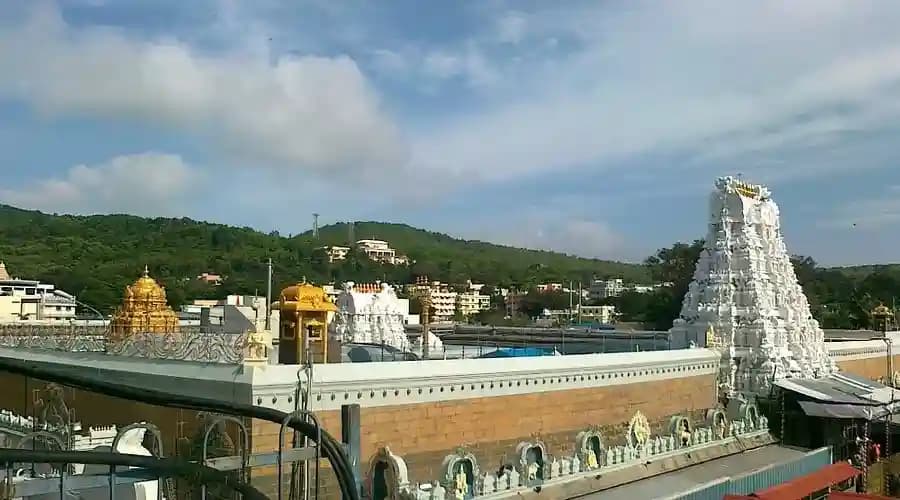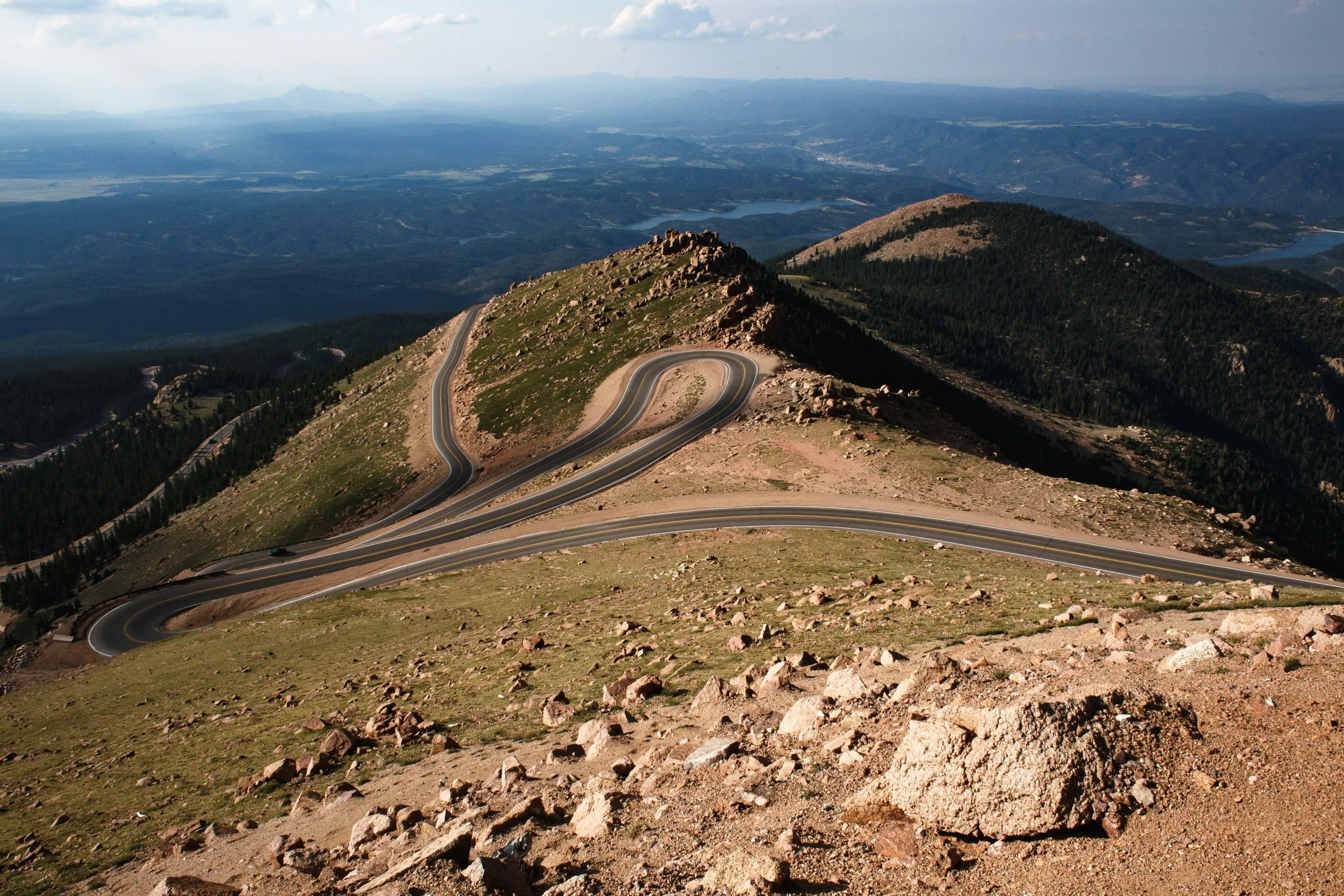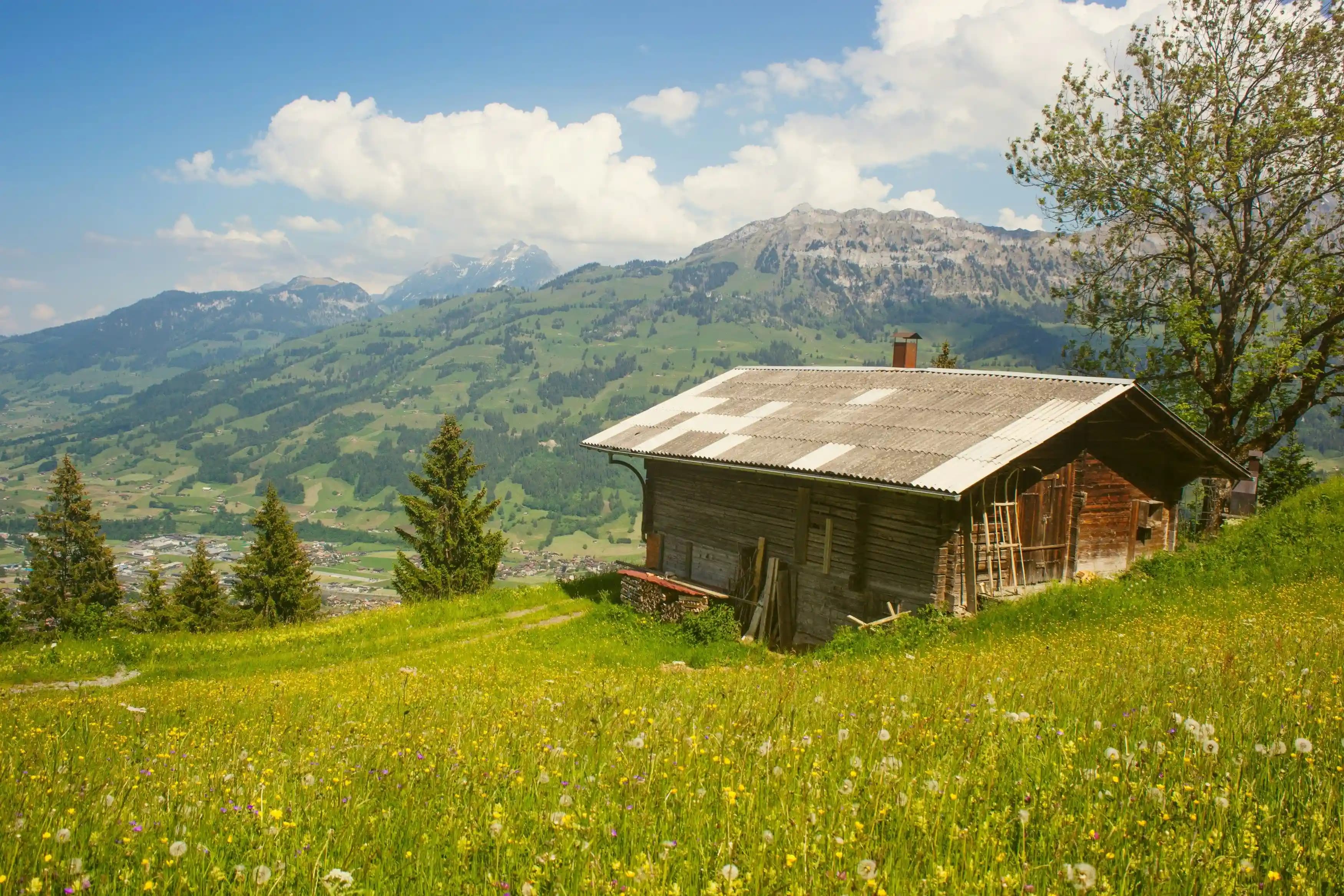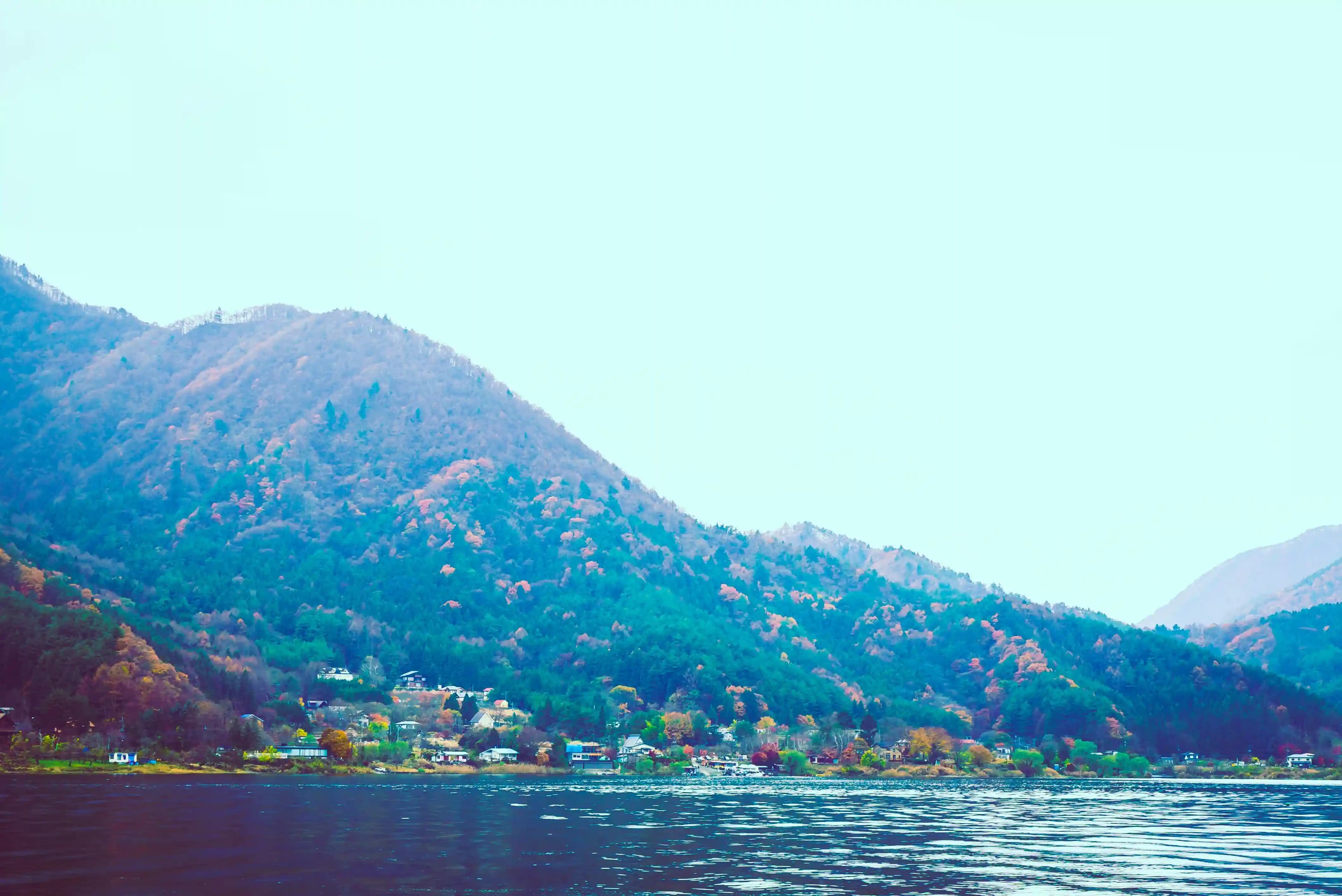Have you ever wished to go to a temple and experience a place that is peaceful, enchanted, and full of ancient tales? Yaganti Temple is exactly that place. It is located in the scenic Nallamala Hills and boasts of a growing Nandi sculpture, natural caves, natural springs and a serene atmosphere. You can sense a serious spiritual power as you go along stone walks and listen to chants. Yaganti appeals to the heart even if you do not have interest in history, nature, and devotion, and is one of the most offbeat places to visit near Hyderabad. It is one of the most interesting destinations in Andhra Pradesh with its peculiar traditions and mysteries. It will be a relaxing, serene, and memorable trip there.
Yaganti Temple History
Yaganti Temple is devoted to Lord Shiva and is estimated to be as old as the 5th century. According to legend, sage Agastya had desired to construct a temple of Lord Venkateswara, but his sculpture could not remain erect. He rendered much penance when Lord Shiva came in a form that depicted both Shiva and Parvati. That is why the principal deity of this case is named Uma Maheshwara, a blend of the two.
The temple was later refurbished in the 15th century to the present shape by King Harihara Bukka Raya of the Vijayanagara Empire. Presently, the walls have inscriptions discussing the significance of the temple.
The growing Nandi is one of the strongest tales narrated about Yaganti. It is said that with a special rock formation, the stone statue only grows bigger every year. It is believed by the devotees that it is a supernatural miracle. Yaganti has remained a place of worship over the years, and it forms a destination for numerous pilgrims across India.
Architecture of Yaganti Temple
The Temple is a combination of the natural caves and classical Dravidian style. The Yaganti temple location is in a cave with rocky hills being put around it, which makes it very unique, as it would not be in other temples. Its front is plain but splendid, and when you walk towards the inner sanctum, you will witness the idol of Uma Maheshwara. The idol is made of a single stone and depicts good details.
The complex of the temples is covered with numerous caves, and each cave has a specific story. The Agastya Cave requires one to climb by sharp steps, but the sight at the top is rewarding. Determination and devotion are depicted in the Venkateswara Cave through a narrow tunnel.
One more distinction is Pushkarini, a natural pond, which will never run dry even during hot summer. It has clear water and is reported to have healing powers. The design is unique because natural rocks, slopes, springs, and caves were utilised by the temple to give it a spiritual atmosphere.
The most recognisable is the huge Nandi sculpture in the outer part of the sanctum. It is hewn out of one rock, and it is famous around the entire globe due to the fact that it is increasing progressively year by year.
Best Time to Visit Yaganti Temple
It is always better to know the most ideal time to visit a place so that you can get the most out of your trip.
Winter: You should visit Yaganti Temple during the winter season, between October and February, when the atmosphere is cool and the days are sunny. During wintertime, it is very mild, and the trek is pleasant, and you can explore the caves and enjoy the scenery without getting too tired.
Summer: As the temple is located in the Nallamala Hills, the heat might be severe during the summer season, and the steps and the walkways could be exhausting.
Monsoon: During the monsoon between June and September, the hills are green and water flows in natural springs. The temple is quiet and the steps leading to the caves may be slippery, and that is why you should take care whenever ascending and descending the steps.
Maha Shivaratri: In case you want to experience cultural festivals, you can come to Maha Shivaratri. The temple is well ornamented, thousands of believers assemble, and the atmosphere is thrilling and close to magic.
Yaganti Temple timings: 6:00 AM-1:00 PM and 3:00 PM-7:00 PM
How to Reach Yaganti Temple From Hyderabad
Yaganti Temple is not difficult to access. The temple has road access to the main cities in Andhra Pradesh and Telangana. The closest large town is Banaganapalle, located within 15 km. In case you are visiting Kurnool, then the Kurnool to Yaganti temple distance is approximately 70 km and can be reached within one and a half or two hours by means of a car.
By Road: The commute is smooth along the scenic countryside. It is about 220-230 km. It is possible to use a bus to go to Banaganapalle or a personal auto to have a comfortable drive.
By train: Yaganti does not have a direct train, but you will be able to arrive at Kurnool Railway Station or Nandyal Railway Station, after which you will have to take a taxi or a bus to reach the temple.
The vast majority of tourists will use a car or taxi since they will be able to have a break and see the surrounding attractions.
Places to Visit Near Yaganti Temple
Though Yaganti Temple is an attraction in itself, there are many other things and places that can be witnessed near this temple to have a complete trip.
1. Agastya Cave
Agastya Cave is one of the most visited local places. It is said that some years ago the great sage Agastya meditated here. It is reached by climbing a steep staircase; the sight thereafter is worth the climb. Within the cave there will be a small shrine and a small gap that will allow one to see the rocky hills outside. The quietness of the place feels strong and spiritually positive.
2. Pushkarini (Holy Pond)
This large natural pond does not dry up despite the hottest seasons. Its clear water remains cold during the entire year, and according to the devotees, it is believed to have healing powers. The pond is nourished by a ground spring, and most of the people have a sacred bath in the pond prior to entering the main temple. Spending time by the serene water is not stressful and may ease the head.
3. The Nandi Statue
The Nandi statue of Yaganti is the largest. The individuals believe that it continues to increase in size with the years. Scientists argue that maybe it is due to the progressive expansion of the rock, but most of the faithful follow it due to a miracle. The sculpture is well-detailed and appears powerful and impressive. Tourists also capture photographs and unwind in the peaceful environment.
4. Venkateswara Cave
Another tourist attraction that is of interest to the people around Yaganti Temple is the Venkateswara Cave. One story tells that the first Vishnu idol here was established by Sage Agastya, but then the idol fell. Then Lord Shiva came in the form of Ardhanareeswara. The entranceway to the cave is quite small, which symbolizes devotion and determination. Within the interior, there is a kind of mystical atmosphere, ancient energy, cool air, and stone formations.
5. Uma Maheshwara
Uma Maheshwara is the chief deity in Yaganti Temple. The idol is sculpted out of a single stone and depicts the combination of Shiva and Parvati. It is detailed, mighty, and powerful. Tourists go there to receive blessings, meditate, and experience soothing energy. The inner room is very silent, sacred, and pious.
Tips for visiting
Wear comfortable shoes since you will need to take a number of steps to reach the caves.
Go in the early morning when the crowd is smaller to watch in peace.
Bring water, particularly in hot seasons, because the area might be hot.
Certain areas of the temples might prohibit photography, so follow the regulations.
When going to a festival, expect additional time in queues and crowds.
Always carry some money, as one might not be able to pay with digital money in small shops.
At Pushkarini, watch out when it rains; the stones may fall.
Going to Yaganti Temple can hardly be called a trip but rather a relaxing, religious, and old-fashioned journey. The temple can be found surrounded by the Nallamala Hills and makes you relax and take your time and experience something sacred. Every single angle, from the Uma Maheshwara idol to the expanding Nandi and silent caves, has a story. You will always remember Yaganti even when you have left because of its history, spirituality, or even special places to tour. Plan to visit and see the beauty of the temple, and you will get refreshed by its aura.

